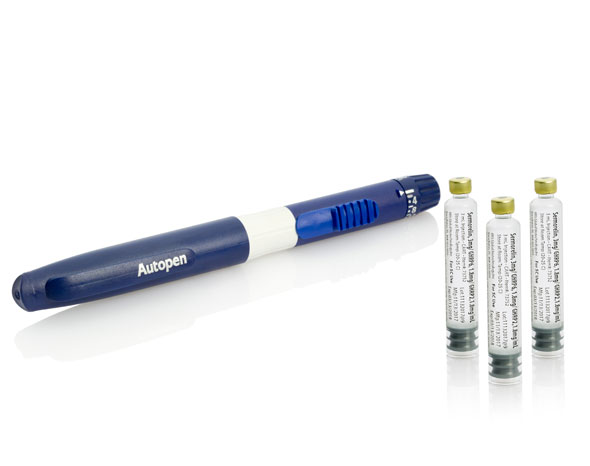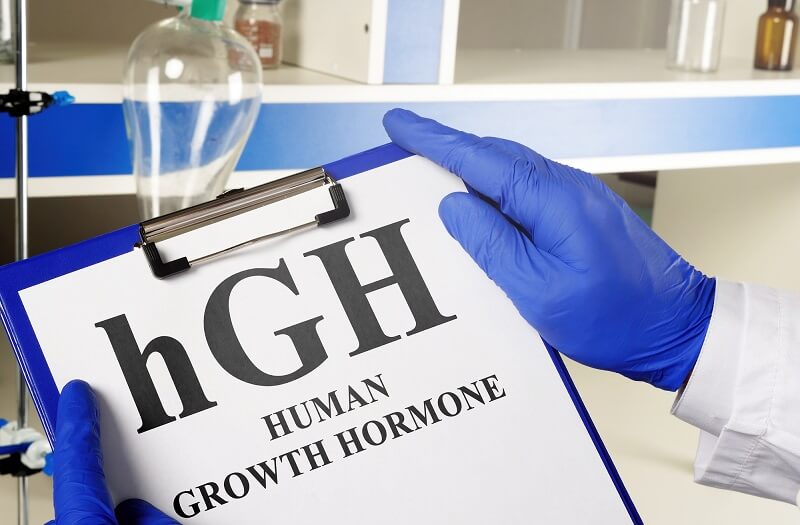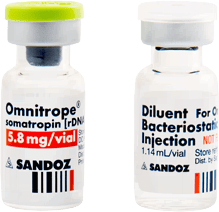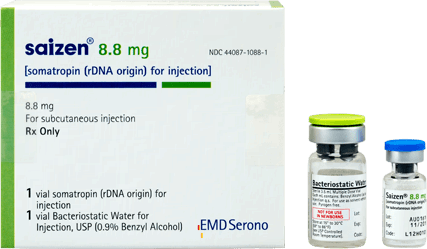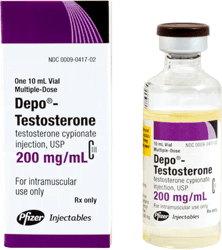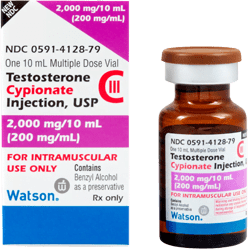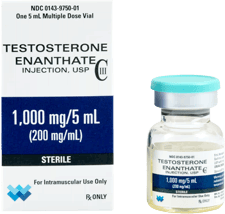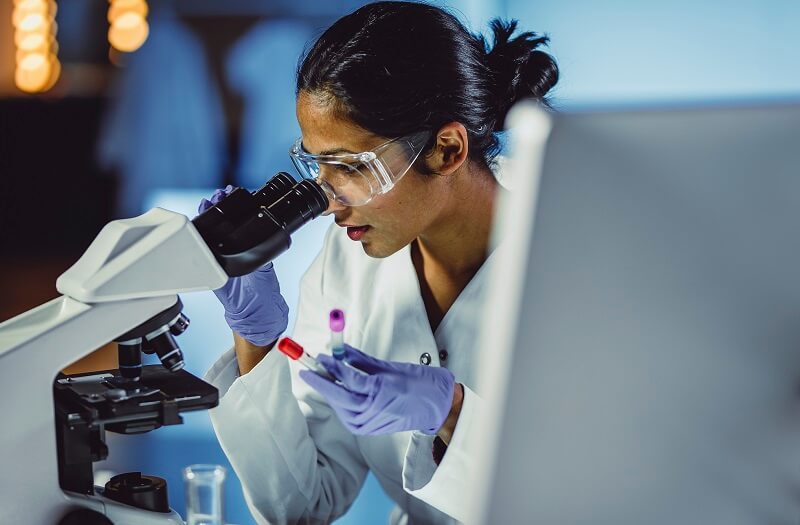- Home
- Growth Hormone
- Growth Hormone
- Growth Hormone Deficiency
- Growth Hormone Therapy
- Growth Hormone Injections
get startedThe Most Effective Hormone Replacement TherapiesHuman Growth Hormone Levels by Age
Human growth hormone (HGH) levels vary by age and sex.
HGH is released into the bloodstream by the pituitary gland. The primary function of HGH is tissue growth in children. In adults, HGH is responsible for cellular repair and regeneration. HGH also plays a role in many bodily functions and processes, primarily fat metabolism. Therefore, it plays a role in maintaining muscle tone, health, and fitness.
Your HGH levels vary by age. As you might imagine, HGH levels are highest in children.
The normal range for HGH level is typically:
- For children — 10 to 50 nanograms per milliliter (ng/mL), or 440 to 2200 picomoles per (pmol/L)
- For adult males — 0.4 to 10 ng/mL, or 18 to 44 pmol/L
- For adult females — 1 to 14 ng/mL, or 44 to 616 pmol/L
How Do HGH Levels Change by Age in Men?
As men age, there is a natural decline in HGH levels. HGH levels can and do fluctuate throughout the day. This is why doctors prefer to talk about “normal” HGH levels as a range, rather than a fixed ng/mL level.
Furthermore, because HGH levels in the blood vary at any given time, doctors prefer to establish the “normal” ranges of HGH by age based on IGF-1 levels. IGF-1 is another hormone. It is created by the liver and stimulates HGH production. IGF-1 levels are more constant than HGH levels and give a clear picture of ability to produce and release HGH.
The following chart (provided by LabCorp our testing facility) gives the normal IGF-1 for men by age.
AGE In Years
Male (ng/mL)
31 to 35
88−246
36 to 40
83−233
41 to 45
75−216
46 to 50
67−205
51 to 55
61−200
56 to 60
54−194
61 to 65
49−188
66 to 70
47−192
71 to 75
41−179
76 to 80
37−172
81 to 85
34−165
86 to 90
32−166
>90
Not established
Normal levels of human growth hormone (HGH) levels vary by age and sex.
Low HGH Levels
Low HGH levels may indicate problems with your pituitary gland. Below normal HGH levels by age in men can result in a reduced sense of wellbeing, increased fat, increased risk of heart disease, and weakening muscles and bones.
High HGH Levels
While it is rarer than low HGH levels, some people do suffer from HGH levels that are too high. If your HGH levels are higher than normal, it can result in a rare condition known as acromegaly, in which patients have swelling of the hands and feet and altered facial features. Extremely high levels of HGH in children can cause “gigantism,” or growth to unusually tall stature. In almost all cases of acromegaly or gigantism, the above normal HGH levels are the result of a pituitary tumor.
How Do HGH Levels Change By Age in Women?
HGH levels in women also vary by age just as they do in men. Again, we use IGF-1 levels to establish normal HGH levels in women by age. The following chart shows the normal IGF-1 levels in women by age.
AGE In Years
Female (ng/mL)
31 to 35
73−243
36 to 40
69−227
41 to 45
62−204
46 to 50
57−195
51 to 55
53−190
56 to 60
46−172
61 to 65
42−169
66 to 70
38−163
71 to 75
37−165
76 to 80
35−165
81 to 85
34−172
86 to 90
34−178
>90
Not established
HGH levels fluctuate throughout the day, so “normal” levels of HGH are expressed in a range, rather than a fixed level.
Growth Hormone and Pregnancy
In women, HGH levels drop to their lowest after menopause. However, sometimes women who are still in their childbearing years, might require growth hormone therapy. What impact does growth hormone have on pregnancy? There have been some studies that indicate for women who are having trouble getting pregnant, growth hormone therapy may increase fertility. Once a woman becomes pregnant, her body automatically produces excessive HGH and IGF-1 for the developing fetus. Supplemental HGH is not recommended for pregnant women.
Why Do HGH Levels Decrease?
HGH levels decrease if you have a disease, injury, or genetic condition that impacts your pituitary glands ability to make HGH. HGH levels also decline naturally as men and women age. This natural drop in HGH as you grow older can result in age-related GHD.
How Is Your HGH Level Tested?
Since your growth hormone levels can and do change throughout the day, instead of a test that measures the HGH level in your blood at any given time, we test for the level of IGF-1.
During the test a blood sample will be drawn from a vein in your arm. Since HGH levels fluctuate throughout the day, we do not test for HGH, but rather IGF-1. IGF-1 mirrors HGH excesses and deficiencies, but the level in the blood is stable throughout the day, making it a more useful indicator of average HGH levels than testing for HGH.
Before performing specific HGH testing, if the IGF-1 level is found to be normal for age and sex, growth hormone deficiency (GHD) can be ruled out, and more definitive testing is not necessary.
How Can Men and Women Increase Their HGH Levels?
There could be some ways to naturally increase your HGH levels. Exercise, particularly strength training, or high intensity interval training can raise HGH levels. Here are some other ways that both men and women can naturally raise their HGH levels.
- Getting a proper night’s sleep – HGH is produced mostly while you are in a deep sleep. If you are failing to get a good night’s sleep, you will lower you body’s ability to produce adequate supplies of growth hormone.
- Intermittent fasting – Intermittent fasting (IF) is recommended by many health professionals as a good way to lose weight. Studies have shown that IF also tends to increase HGH levels.
- Reduce sugar intake –Reducing your intake of processed sugars not only is good for your weight and overall health and wellness, it can also boost your HGH levels.
- Amino acid supplementation – Taking daily supplements of certain amino acids such as arginine, may increase your HGH levels. This is particularly the case when combined with strength training.
The above lifestyle changes could help keep your HGH level close to normal for your age and gender. However, if the results of your HGH or IGF-1 test indicate you have a growth hormone deficiency, or GHD, the only way that it can be treated is with hormone replacement therapy.
Maintaining Your Growth Hormone Levels with HGH Replacement Therapy
If your growth hormone level is determined to be below normal, depending on your age, gender and symptoms you will likely be prescribed growth hormone injections. Growth hormone injections are used to treat GHD in children and adults.
Growth hormone injections are only available with a doctor’s prescription. There are many anti-aging benefits of HGH replacement therapy. One of the main benefits of growth hormone replacement, is that it will improve your ability to burn fat and build lean muscle. This benefit alone will go a long way to making you look and feel younger.
However, the many benefits of HGH do not stop there. HGH therapy:
- Improves the rejuvenation of skin cells, resulting in healthier younger looking skin.
- Helps you to get deeper and more satisfying sleep, resulting in improved brain functioning, better focus, more energy, and better moods.
- Improves sex drive and sexual performance.
- Improves heart health and strengthens your immune system.
HGH therapy is a safe and effective way to treat lower than normal HGH levels.
Now that you know a bit more about normal and low HGH levels, why not contact us today, and find out more about the many life-changing benefits of HGH and other hormone replacement therapies.
- Growth Hormone Therapy






